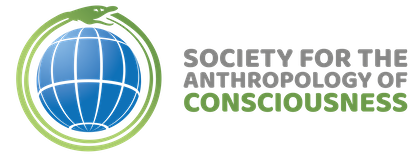Mack Hagood (Miami University, Ohio)
Scholars in science and technology studies (STS) often utilize moments of technological breakdown to reveal the processes and mechanisms that constitute things we take for granted. Tinnitus, a moment when hearing breaks down, offers a similar opportunity to understand the deeply mediated, spatial, and cultural nature of personal aurality. The experience of ringing, crickets, or other “phantom sounds,” actually becomes louder in quiet spaces, indicating that even the most subjective sound emerges through the mediation of external sonic space. To help patients tormented by tinnitus, audiologists prescribe media as medicine, using digital music, noise, and specialized audiological sound-making devices to enrich patients’ sonic environment. Patients use these media to remediate their own aural subjectivities, increasing their sense of self-coherence and facilitating social business that tinnitus may have derailed. Through fieldwork at North American audiology clinics, tinnitus support groups, and device manufacturers, I explore the pragmatics of these “audio-spatial media,” used to recalibrate relations between sound, space, self, and sociality. These media are sonic technologies of the self, meant to restore users’ liberty from unwanted sound. As western, neoliberal subjects “obliged to be free” (Rose 1998:17), users express a tacit equivalency between sonic freedom and authentic selfhood. This “habitus of listening” (Becker 2004) makes the inescapable sound of tinnitus more ominous. Though literally the sound of one’s own auditory apparatus, tinnitus is experienced as an intruding signal. Tinnitus sufferers use mediated sound to free themselves from the sound of themselves. [Originally Published in the AAA 2013 Conference Program]
